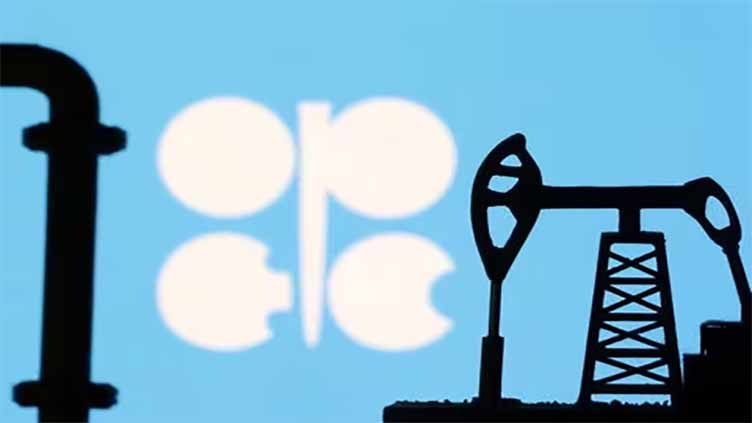Explainer: What OPEC+ oil output cuts are already in place and what could change

Business
Explainer: What OPEC+ oil output cuts are already in place and what could change
LONDON (Reuters) - Saudi Arabia, Russia and other members of OPEC are scheduled to meet online on Thursday and could make further changes to an agreement that already limits supply into 2024, according to analysts and OPEC+ sources, to support the market.
The Organization of the Petroleum Exporting Countries and allies led by Russia, known as OPEC+, delayed the meeting from Nov. 26. OPEC+ sources said this was because of a disagreement over output levels for African producers, although sources have since said the group has moved closer to a compromise on this issue.
OPEC+ negotiations over production quotas have often been difficult in the past, most recently at their June meeting.
WHAT IS AGREED ALREADY?
OPEC+ after long negotiations in June extended oil output cuts of 3.66 million barrels per day (bpd), or about 5% of daily global demand, until the end of 2024.
In addition, Saudi Arabia is making a 1 million-bpd voluntary reduction in output until the end of December 2023. A Russian cut in oil exports of 300,000 bpd also lasts until the end of 2023.
The group aims to produce a combined 40.58 million bpd next year after adjusting baselines and targets for several countries versus levels used this year.
Targets for several African members were reduced for 2024 to bring them in line with declining production levels. The agreement also allows the United Arab Emirates, which has been boosting its production capacity, to increase output in 2024.
Current OPEC+ production levels as of October 2023 stand at 38.19 million bpd and they include the additional voluntary cuts by Saudi and Russia amounting to 1.3 million bpd. It is not clear if those cuts would be extended into 2024.


